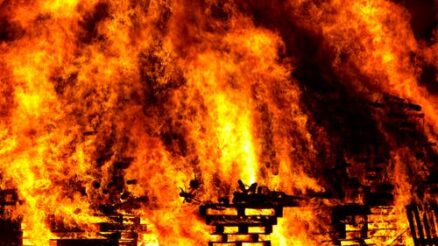Disasters such as heavy downpours, floods, or plumbing emergencies can cause property damage. Water entering your home or business premises may cause mold growth and structural damage when not cleaned up immediately. If you are experiencing property damage caused by mold, it is important to take action quickly to prevent further damage and potential health risks.
Read on to learn more about mold and property damage and how to deal with them.
How to Address Mold and Property Damage
Before you can address mold and property damage, you need to identify the source of the problem. Common causes include water leaks, high humidity, and flooding. Here’s what you can do:
- Conduct a visual inspection: Look for signs of mold growth, such as discoloration or fuzzy growth on walls, ceilings, floors, and other surfaces.
- Check for musty odors: Mold often produces a strong, musty odor. If you notice a persistent musty smell, it may be a sign of mold growth and you need to contact a home restoration companies right away.
- Look for moisture sources: Mold needs moisture to grow, so check for any water sources or dampness, such as leaky pipes, water stains, or high humidity.
- Check for condensation: Mold can also grow on surfaces where condensation forms, such as windows, mirrors, and cold pipes.
- Use a moisture meter: This can help you identify areas of high moisture content, indicating a potential mold problem.
When to Contact a Professional
Depending on the extent of the damage, you may need to contact a professional like mold removal in Newport, KY to help with the cleanup and restoration process. Remember, it’s important to address mold issues promptly to avoid potential health risks and further damage to your property. Be sure to choose a reputable mold removal company that you can trust to get the job done right.
Prevent Future Mold Growth
Mold growth can be a severe problem for both your health and the structural integrity of your home or workplace. Here are some tips to prevent future mold growth:
- Reduce moisture: Mold thrives in moist environments, so reducing moisture is crucial in preventing its growth. Fix any leaks, and use dehumidifiers to keep humidity below 60%.
- Improve ventilation: Good ventilation can help reduce moisture and prevent mold growth. Ensure your home or workplace has proper ventilation in bathrooms and kitchens, and consider using exhaust fans.
- Keep surfaces dry: Wipe down wet surfaces, like shower walls and curtains, after use to prevent moisture buildup.
- Monitor indoor humidity: Use a hygrometer to monitor indoor humidity levels and take action if levels rise above 60%.
- Clean and dry wet areas: Clean up spills and dry wet areas immediately, especially on carpet, upholstery, and other porous surfaces.
- Use mold-resistant products: Use mold-resistant drywall and paint, especially in moisture-prone areas.
- Inspect and maintain your home: Regularly inspect your home for signs of water damage and mold growth, and promptly repair any issues.
Conclusion
One of the most unpleasant problems a homeowner can discover in their home is mold. Apart from the possibility of it causing property damage, it can even pose health risks to the entire household. Mold can become a serious issue if it develops and remains unaddressed. Fortunately, the risk of mold growth can be significantly reduced by increasing ventilation in your home, helping in controlling moisture levels, and getting help from professionals.


